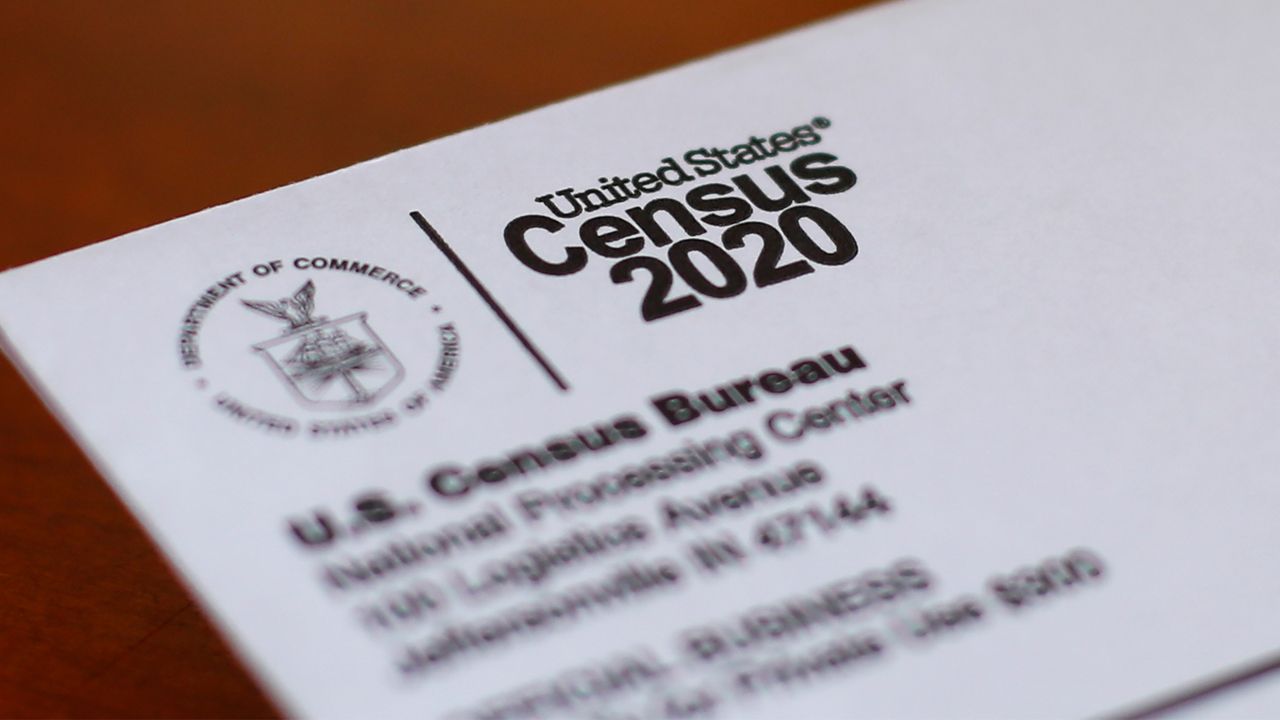CINCINNATI — In the first time since 1950, Cincinnati has had a population increase marked on the census.
"The growth numbers for Hamilton County and the city of Cincinnati were not unexpected, but they confirm both the construction we see taking place and the narrative that people are looking to move to the county's vibrant, urban communities," said Steve Johns with Hamilton County Planning and Development.
On Thursday, the U.S. Census Bureau released initial data from the 2020 Census. The data highlights population shifts for areas across the country over the past 10 years, as of April 1, 2020.
There are several thousand more people living in Hamilton County than there were a decade ago. That growth means potentially billions of additional dollars for important services for residents, new and old.
Overall, Ohio’s population grew by only 2.3% during that time, compared with the national growth of 7.4%. That cost the state a congressional district, taking the total from 16 to 15.
But it's a different story for the city of Cincinnati, Hamilton County and the broader region as a whole.
The county ballooned to 830,639 residents, a 3.5% jump from 2010. That includes 12,374 new residents of Cincinnati, which now has a population of 309,317, per census data.
With an estimated 2,256,884 residents, the Greater Cincinnati region remains the largest metropolitan area in Ohio. It's the 30th largest metro area in the country.
Cincinnati Mayor John Cranley has long championed the "comeback story" of the Queen City. When the census rolled out last April, Cranley called it the "first opportunity to show a region that has historically been declining in population and development finally on the rise.”
Beyond marketing and feel-good stories, population growth means more money for important everyday services for residents. Census data informs how the federal government distributes more than $675 billion in federal funds each year.
That money comes back into communities as funding for things, like neighborhood improvement projects, public health initiatives, road work, education, transportation and affordable housing.
The 2020 data will help determine the allocation of Community Development Block Grant (CDBG) funds to cities, for instance. CDBG dollars can go to 28 types of projects ranging from housing to public infrastructure to a new community center.
Johns said planning departments from Hamilton County, Cincinnati and other such departments across the country also use census data in their decision-making.
That may mean identifying fast-growing places that might need more infrastructure investment. It can also reveal emerging demographics trends related to race and income that can influence other government policies and spending, Johns said.
But it's not just government agencies that benefit. Census data is used to determine funding, grant opportunities for many nonprofits that administer important community programs.
One example is the Urban League of Southwestern Ohio's Financial Empowerment Center that supports both employment and wealth-building.
Dorothy Smoot, the Urban League’s chief impact officer, said the census is a way to ensure money gets fairly distributed, especially to "historically underserved neighborhoods."
“The Urban League's charge is twofold: to help individuals become economically empowered and financially stable; and build community leaders. These things occur hand in hand with affordable housing, schools, supermarkets and hospitals,” Smoot said. “To have a thriving economy, we must have thriving individuals.”
Mark Kylander said the Cincinnati USA Regional Chamber is happy to see growth across the region. Not only in Hamilton County, but also Warren County in Ohio and Boone County in Kentucky– two of the fastest growing counties in their respective states.
“It’s really important that we have some of that bottom line growth and we talk about this with businesses, with elected officials. For us to go up to Columbus or down to Frankfort, we can say we’re growing and we are a net-positive for the state of Ohio or the state of Kentucky,” said Kylander, the chamber’s data and policy manager. "That's huge."
Kylander said the chamber will use the data to inform decisions and help work with legislators on everything from housing to regional transportation to where to attempt to attract new businesses and talents.
An example he gave was chamber's Connected Region initiative, which aims to use data to better connect people to jobs and opportunity.
“We know things, like transportation and housing, are vital to people's lives," he said. "We are working to make a system that makes long-term business opportunity viable and our region an attractive place for living, working and doing business."
The Census Bureau is expected to release its American Community Survey soon, which will include more information about things, like poverty rates, housing and demographics.
But Kylander said early data is clear: the country is becoming more diverse, racially and ethnically. It's going to be the job of cities, businesses and legislators to factor that into their planning if they want to continue to grow.
"If we’re not growing in a way that’s equitable and drives results for everybody who chooses to call the Cincinnati region home, then we’re really missing out on a big opportunity," he said. "If we’re able to achieve equitable growth that’s something we can wave as a banner."



